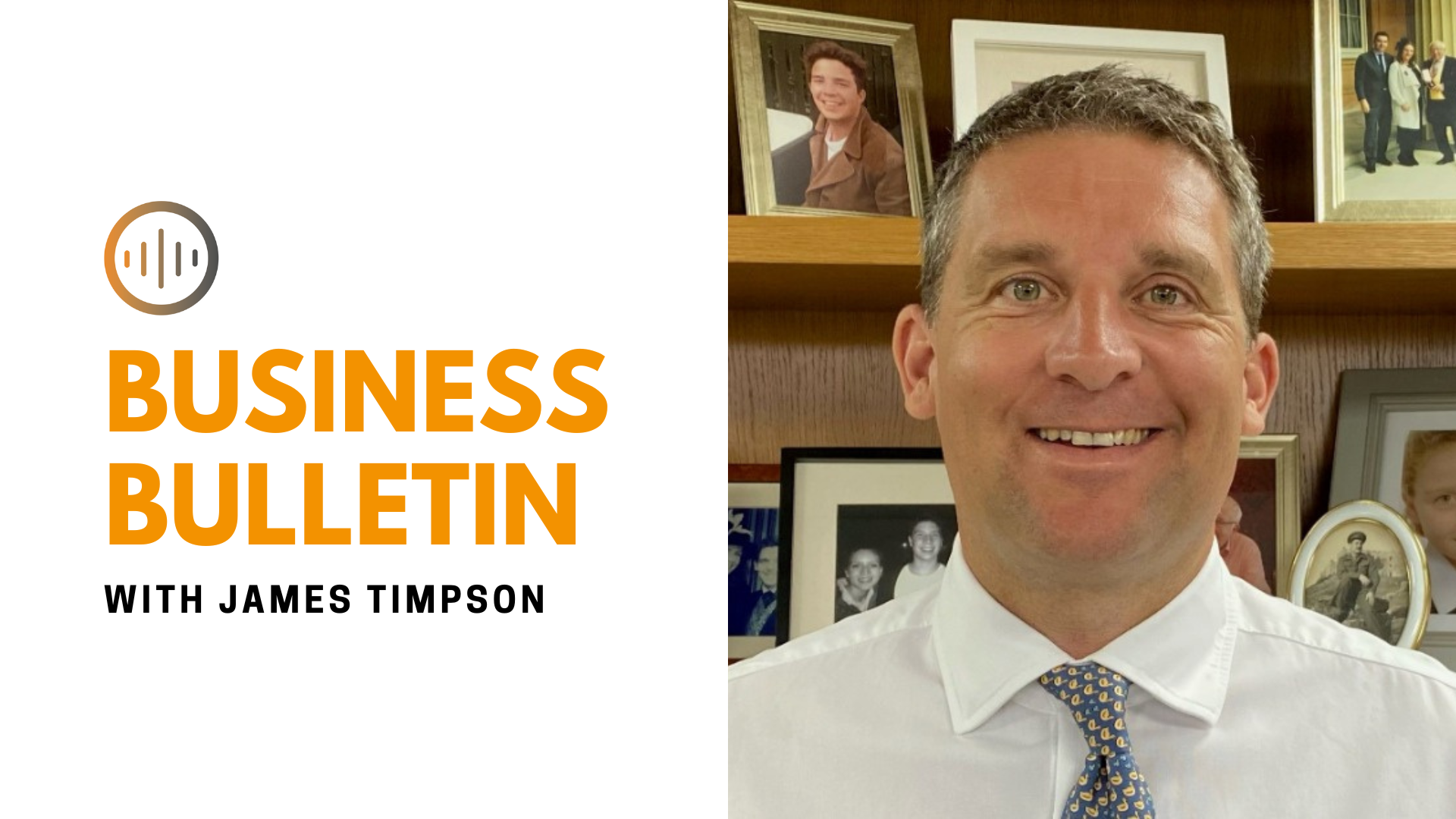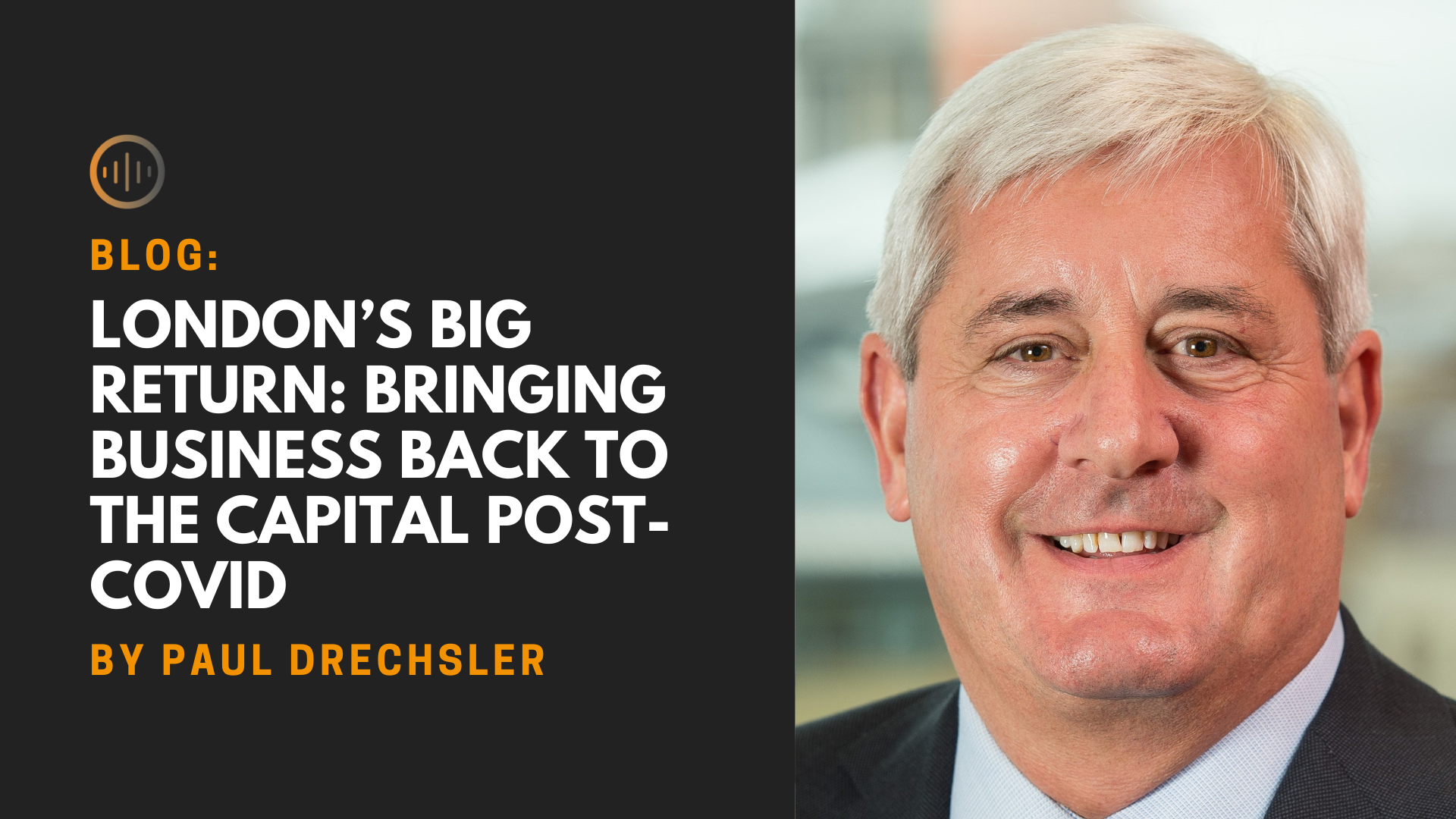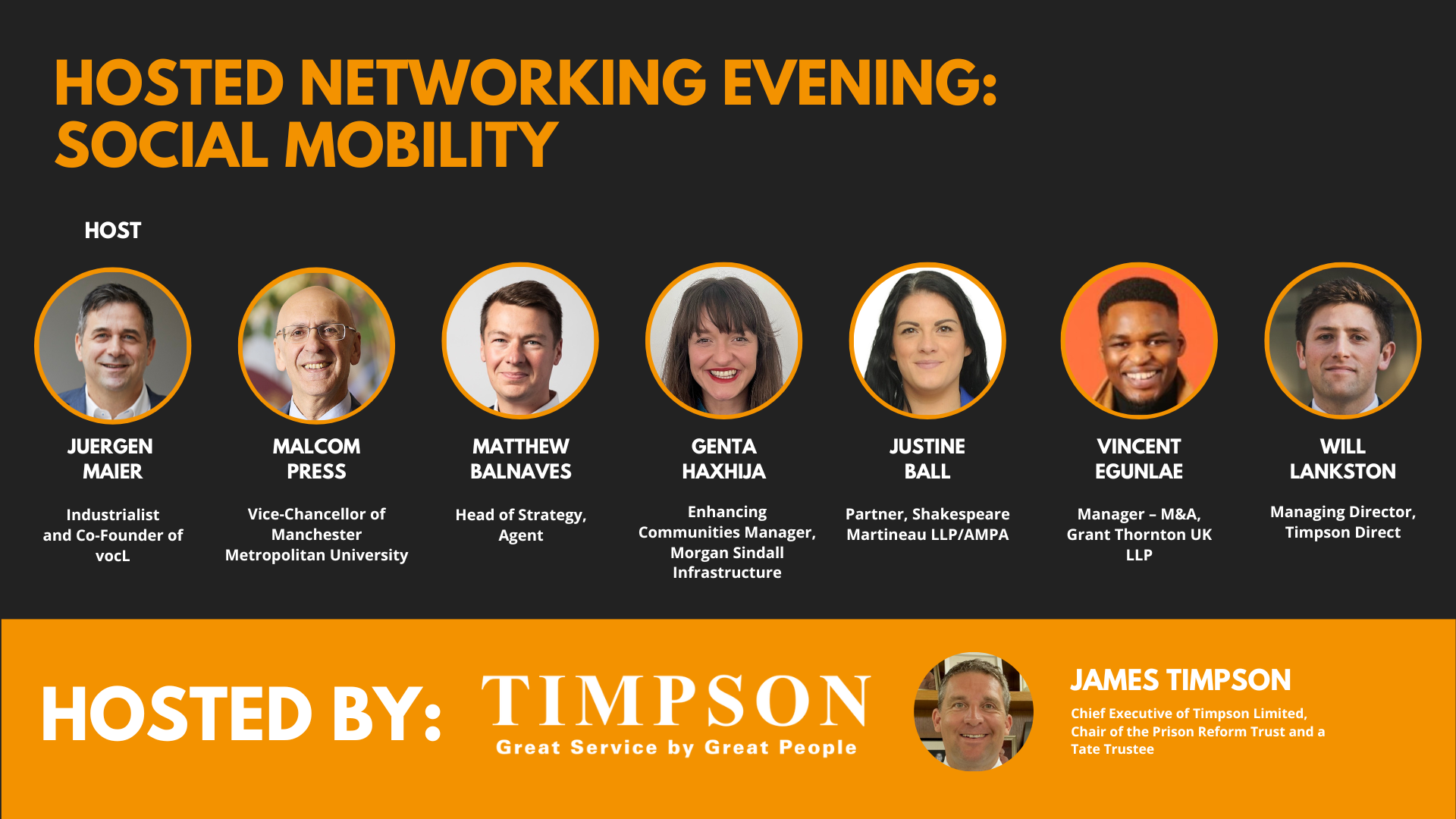

By Paul Drechsler, Chairman International Chamber of Commerce & London First & Former President CBI
For London to play its part in the UK’s return to growth, an international outlook and global agenda are critical, but so too is our local focus, explains London First’s Chairman Paul Drechsler CBE.
Berlin, Paris, Dublin, Singapore, Beijing, and New York City – these are just a handful of cities that are actively and energetically competing with London for the title of best capital city in the world to live, work and play. To hold our place, we need a robust economic plan that will accelerate our recovery post COVID.
London’s businesses and taxpayers generate the highest surplus (tax) by far of any city or region in the UK, producing £39bn pre-pandemic. When the city is firing on all cylinders, its opportunities extend to other parts of the UK as well. Interdependence, interconnectedness, and collaboration are what makes us so successful, which is why we must re-establish this position as quickly as we can, but how?
London’s greatest strength lies in its diversity
I spoke to some London First members (key players in the city’s business and education communities) about what they think is required to make the capital even more successful in future. While it is clear that an international outlook and a global agenda is critical, so too is a local focus.
We must make the city work better for its own businesses, residents, and visitors, reaffirming its role in the UK as a supportive one that stands with other regions around the country. We should maintain the mindset that levelling up – done right – has potential for all our cities, and that there remains a levelling up job to be done within London too.
London’s greatest strength lies in the diversity of its people – over 300 languages are spoken in the capital’s schools – making it one of the most vibrant cities for culture in the world. For this reason alone, I feel extremely optimistic about London’s future. This diversity flows into our businesses, into our arts and into our higher education system – it is something we cannot and should not take for granted.
My view is that – without a doubt – London will recover. It already is recovering. But the big question is this: how fast can we return to pre-COVID levels of economic activity, and how do we maintain our world-leading position as a great (if not the greatest) capital city?
Encouraging people back to the capital
To accelerate the UK’s return to growth, there are three key areas London must focus on. First of all, a reinvigorated, well-funded campaign is essential to bring people back to our city. Encouraging people back to London is critical, domestically and internationally, which will require a coordinated approach.
Pre-COVID, international visitors brought £13bn to London’s economy and supported over 300,000 jobs. However, as the pandemic took its toll, overseas visits were hard hit and stood 73% lower in 2020, with spend down by 78%. The UK’s place as a global visitor attraction and trading nation must be rapidly set back on course.
Our global connections have, historically, been a competitive advantage. However, there are early indications that other European cities are recovering their international connectivity more quickly than London. Beyond the immediate pandemic question, there are operational challenges including border resourcing, post-Brexit protocols, and airspace modernisation. But there are also opportunities to become a leader in sustainable international travel. It is critical to act now to maximise the opportunities that global connectivity brings to the UK.
Ongoing funding for Transport for London (TfL) is also at the heart of our city’s future success. We must secure a long-term sustainable funding settlement for TfL to keep the capital moving. The recent series of short-term deals needs to end, and a longer-term approach be put in place to cover the next three years.
Alongside this, we must have a comprehensive re-skilling plan. Unemployment is worryingly high in the capital, and urgent interventions are needed to support Londoners whose jobs have changed or disappeared and businesses whose hiring needs have shifted. At London First, we are bringing back Skills London, the capital’s largest skills and careers fair this November, to help young people in particular find work that works for them.
While there is still much to be done, we are pleased to see positive developments being made. TfL passenger numbers indicate that more people are returning to the office – in mid-February it was back to 60% of riders and this is increasing steadily. We are still very much in the preliminary stages, but the numbers are most definitely rising, and I am confident that they will rapidly increase, exceeding the pessimistic forecasts that are currently circulating. I recently had a full day of meetings across East London, the City, and the West End, and I was thrilled to see that everywhere was buzzing with excitement once again.
More funding for the promotional push to attract people back to the capital will, in turn, support our transport network while also helping to get Londoners back into work. The Government needs to apply the same laser-like focus to economic recovery that it so successfully applied to the vaccine rollout. Now more than ever we need to say, ‘let’s do London’!


